BMW i3: Model History and Buyer’s Guide
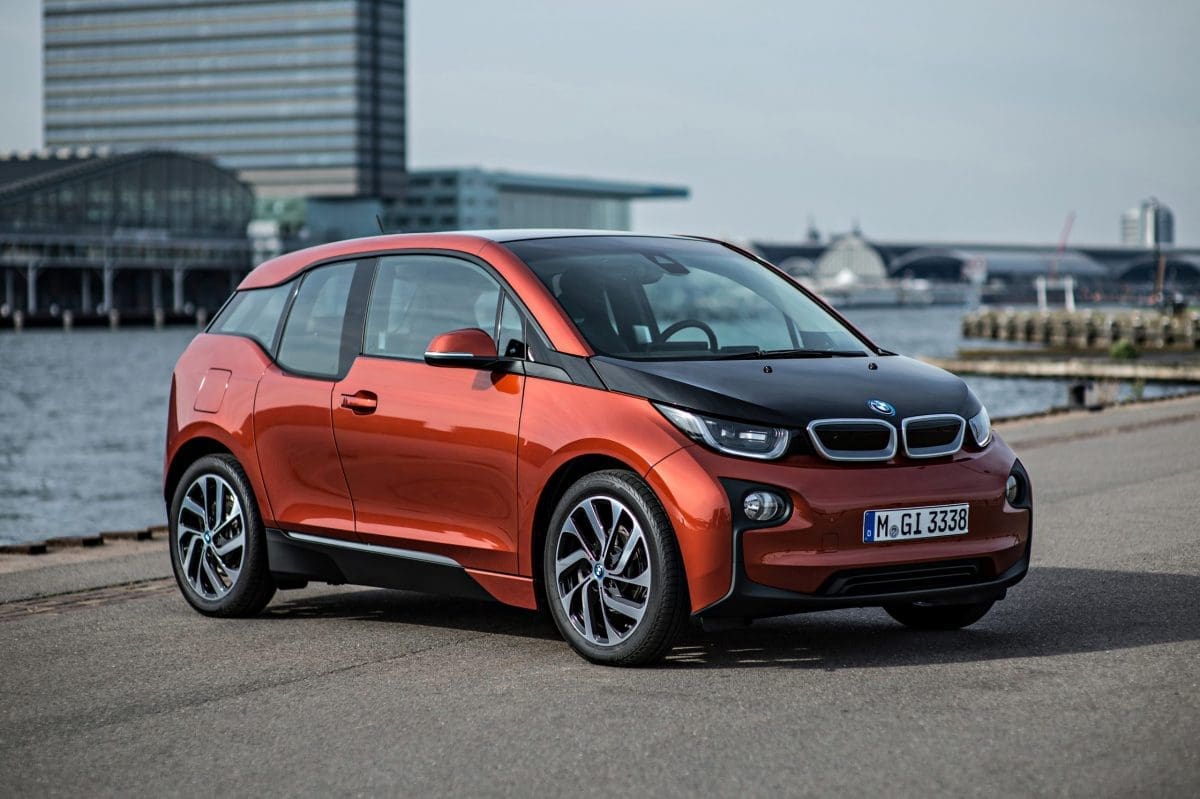
Contents
Shopping for a used electric vehicle, or EV, can be tricky. While EVs are spiking in popularity, they still only represent about 2% of all vehicles sold in the U.S., according to a recent study by Pew Research. So you won’t find a ton of used EV listings on Craigslist or Autotrader.
Further compounding matters, EV technology is evolving at a rapid clip. That means many EVs on the used market are woefully out of date. Worse, their battery packs are aging, and it’s not yet clear how long they’ll last before it’s time for an expensive replacement.
But one particular EV model bucks most of these trends: the BMW i3. In this guide, we’ll explain why we think the i3 is a great EV to buy used.

Introduction
- Innovative design featuring lightweight carbon-fiber reinforced plastic
- Upholds BMW’s fun-to-drive spirit
- Eight-year production run (2014-2021)
The i3 first appeared more than ten years ago as a concept vehicle (pictured above). The futuristic city car was a clean-slate design, reimagining urban transportation around sustainability and efficiency without sacrificing fundamental BMW values such as performance and fun. Every aspect of the i3 was engineered around those goals.
Rather than bolting a battery pack and electric motor to an existing chassis, BMW designed its first electric car from the ground up for battery-powered propulsion. That started with building it around a lightweight and sturdy aluminum undercarriage, which also doubles as a secure housing for the battery pack.
Then, instead of using typical steel body panels, BMW molded most of the i3’s body out of lightweight carbon-fiber reinforced plastic (CFRP). This high-tech material, which boasts the strength of steel but half its weight, had previously been reserved only for use in supercars, auto racing, and aerospace.
Engineers also located the i3’s electric motor at the back of the car, driving the rear wheels. That gives the EV a near 50/50 weight balance for more dynamic handling and performance, in keeping with BMW’s “Ultimate Driving Machine” heritage.
Even the i3’s cabin broke new ground with its airy, upscale design and sustainably sourced materials, including wool upholstery and eucalyptus trim.
Fortunately, it wasn’t all just a design exercise. BMW put the i3 into production a scant two years later (as a 2014 model), looking remarkably like the concept. It won the World Green Car of the Year award in its inaugural year and sold relatively well, especially considering that EVs were far from mainstream at the time.
Eight years and over 200,000 worldwide sales later, the i3’s run ended after the 2021 model year (in the US) as BMW made way for new all-electric models.
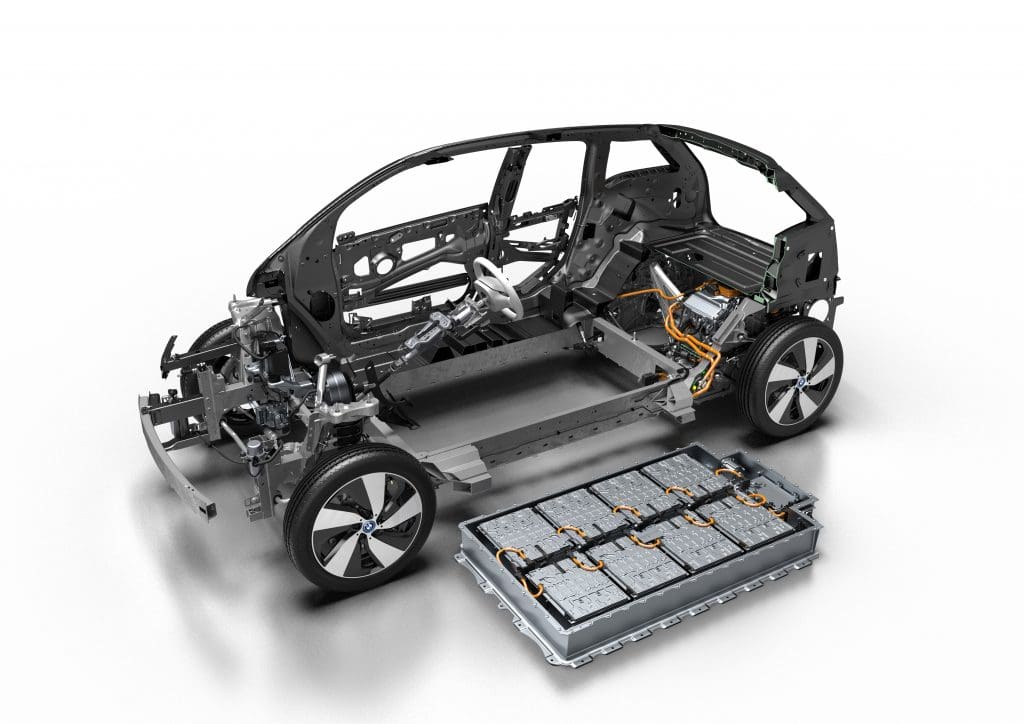
Performance and Range
- Light and nimble, ideal for city driving
- Original 22-kWh battery offers 81 miles of electric range, charges in about four hours
- Battery size and range increase substantially for 2017-2018 models and again for 2019-2021 models
At its 2014 production debut, the i3 featured a 22-kWh lithium-ion battery pack powering a single, rear-mounted electric motor. The combination was good for 170 horsepower and 184 pound-feet of torque. That may not sound like much, but it’s enough to motivate the EV to 60 miles per hour in 7.2 seconds, according to BMW (some outlets clocked it under 7 seconds). And it feels even quicker since 100% of its electric power is available instantly. That makes the i3 a perfect car for darting in and out of city traffic.
The i3’s nimble feel is also thanks partly to its space-age construction materials, which help keep weight to a scant 2700 pounds. That’s 600 lbs less than a 2014 Nissan Leaf and a whopping 2000 lbs less than a 2014 Tesla Model S. In their review at the time, Edmunds called the i3 “one of the most fun-to-drive electric cars on the market.”
During the i3’s planning stages, BMW surveyed car owners and found that most, on average, drove about 30 miles per day. The engineers aimed to triple that figure for the i3 — and pretty much accomplished that with its EPA-rated 81-miles of pure-electric range. Folks wanting more miles per charge could opt for an extended-range model (the i3 REX), which added a small gasoline-powered engine to the mix. It generates additional electricity to extend the i3’s range to 150 miles.
Recharging the i3 takes about four hours using a 240-volt outlet and can be as quick as 30 minutes via an optional DC fast-charging system. With a standard household 110-volt outlet, a full recharge can take up to 20 hours.
BMW gave the i3’s electric powertrain some significant updates through the years, increasing both range and performance. We’ll detail those year-by-year changes below.
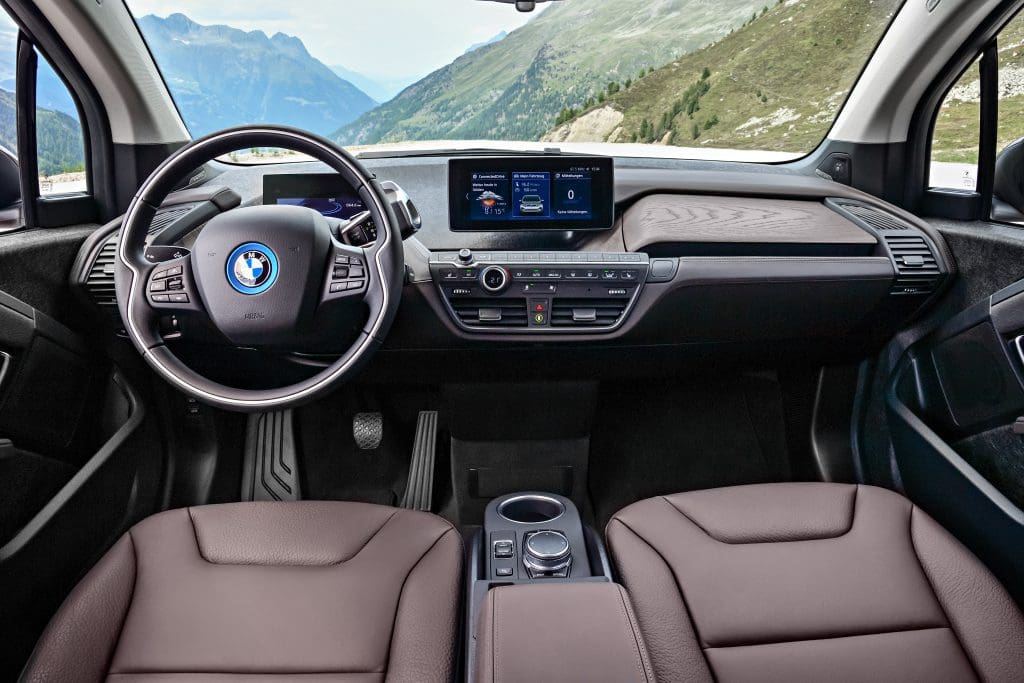
Features and Options
- Positioned as a premium EV with an original MSRP over $50,000
- Three main trims: Mega World, Giga World, and Tera World, each adding more luxury features
- Avoid optional 20-inch wheels, which compromise range and ride comfort
While competitors such as the budget-oriented Nissan Leaf and Volkswagen e-Golf could be purchased for well under $40,000 (before incentives), the sticker price for a brand-new i3 could easily top $50,000. Much of that additional cost went into the i3’s distinctive, eco-chic interior, which was packed with high-tech features.
BMW offered the i3 in three different trims: the base Mega World, the mid-level Giga World, and the high-end Tera World.
Despite being the base version, the Mega World came very well equipped, with 19-inch alloy wheels, LED headlights, automatic climate control, navigation, and rear parking sensors, among other features.
Stepping up to the Giga World added unique 19-inch wheels, keyless entry and ignition, and a sunroof. It also upgraded the upholstery from cloth and vinyl to wool and leather, and it included handsome open-pore eucalyptus trim throughout the cabin.
The top-of-the-line Tera World got its own set of 19-inch alloys and traded the Giga World’s wool-and-leather seats for a full-leather interior (pictured above).
Like most BMW models, the i3 could be outfitted with a host of luxury options. Among the most desirable was an active safety suite (called the Technology + Driving Assistant package) with adaptive cruise control, lane departure warning, forward collision warning, plus an upgraded navigation system with real-time traffic and a larger display screen. An available Parking Assistant package added front parking sensors, a rear-view camera, and automated parallel parking.
The i3 could also be equipped with heated front seats, a premium Harman Kardon stereo, a DC fast-charging unit, and 20-inch alloys. While the first three are very nice to have, we do not recommend the larger wheels. Their additional weight eats into the i3’s range, not to mention its ride comfort.
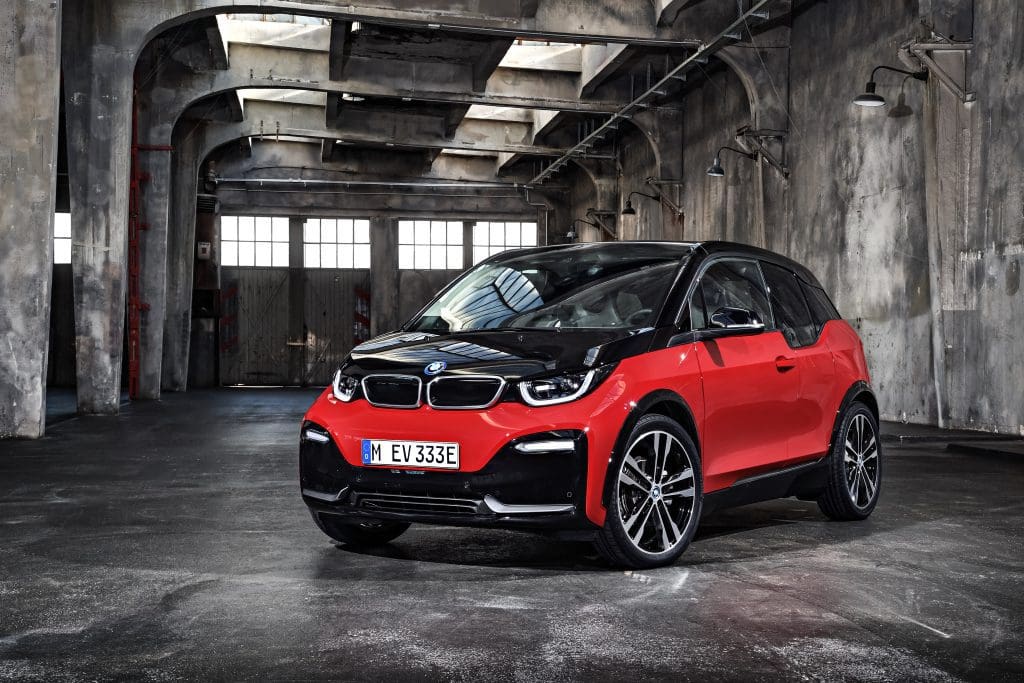
Model Year Changes
After its 2014 debut, the BMW i3 underwent several notable changes during its eight-year production run (2014-2021).
2015: BMW beefed up the standard equipment list, adding heated front seats, satellite radio, and a DC fast-charging unit to all models at no additional cost.
2016: No significant changes.
2017: BMW increased the i3’s battery to a 33-kWh, boosting range to 114 miles (or 180 miles for the extended-range model). Buyers could spec the smaller 22-kWh battery instead for less money; however, BMW dropped that variant the following year. The i3 also got a new base model, the Deka World, sporting cloth upholstery.
2018: BMW introduced a performance-oriented version of the EV for 2018, calling it the i3s (pictured above). It featured unique styling elements, a more powerful 184-hp electric motor, a lowered and sport-tuned suspension, and 20-inch wheels with an additional half inch of width. All i3 models also received an upgraded infotainment system with Apple CarPlay integration.
2019: BMW again beefed up the i3’s battery pack, upping it to 42-kWh. The added capacity increased the EV’s all-electric range to 153 miles — nearly double what the model offered at its debut. Inside the cabin, the navigation system received a software upgrade, providing faster responses and a more intuitive user interface. Also, some new tech features appeared on the options list: a Wi-Fi hotspot with a wireless smartphone charging pad and a set of adaptive LED headlights.
2020: BMW introduced the limited-production i3s Edition RoadStyle variant for 2020. The sporty-looking model featured a distinctive black-and-copper livery, a unique dark brown leather interior, and a more powerful electric motor. Just 900 units were produced worldwide.
2021: For its final model year, the i3’s only notable update was adding adaptive LED headlights as standard equipment.
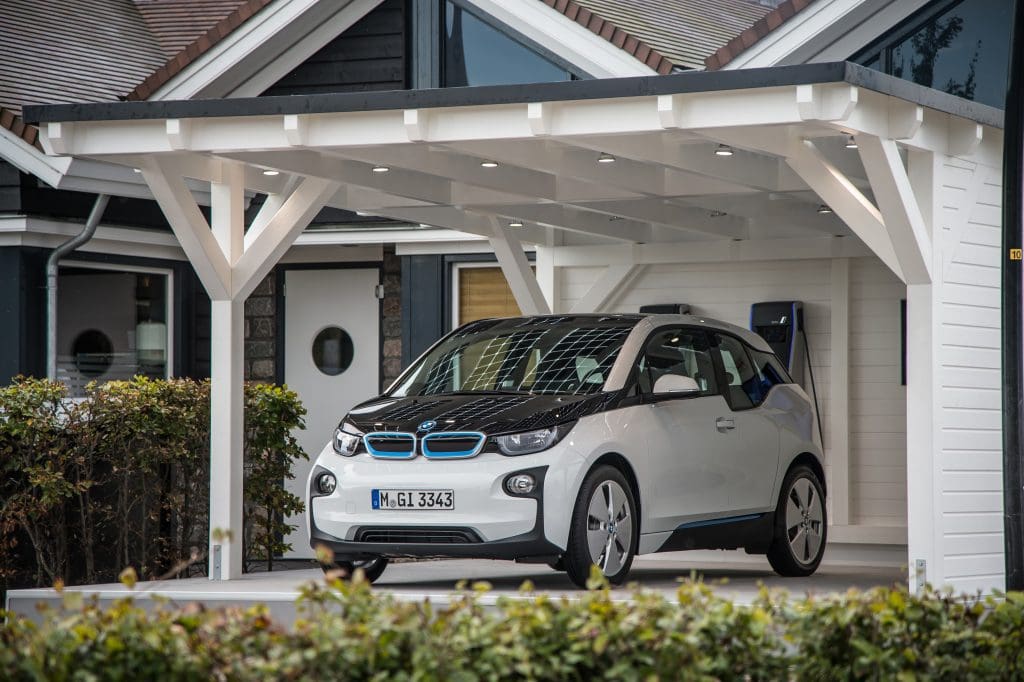
Repairs and Maintenance
- Lower ownership and maintenance costs compared to traditional cars
One of the significant benefits of buying an EV is reduced repair and maintenance costs. Cars with an internal combustion engine (ICE) have a myriad of fluids, belts, sensors, and complex moving parts to maintain. By comparison, an EV’s propulsion system is quite simple — just a battery pack and an electric motor — and therefore far less expensive to run.
That doesn’t even factor in the fact that EVs are typically far more efficient than their ICE counterparts, nor that rates for electricity are usually far cheaper than gasoline and diesel fuel prices. Plus, it’s not uncommon to see EVs go 100,000 miles or more on their original brakes since they primarily use regenerative braking (rather than friction braking, which wears down the brake pads and rotors).
Battery Life
- Owners report minimal battery degradation over time
- Liquid-cooling enhances battery longevity
- Newer examples still covered by BMW’s original eight-year/100,000-mile battery warranty
If you’re shopping for a used EV, battery life is probably top of mind. And for good reason. Replacing the main battery pack on an EV typically costs at least $10,000 and can run as high as twice that amount. In some cases, that’s more than the car is actually worth.
Fortunately, the BMW i3 doesn’t seem to suffer from premature battery degradation or failure. The model has been around long enough now that if there were any significant concerns in this area we would know about them. On the contrary, most i3 drivers report that their original battery packs are holding up remarkably well. In fact, one owner found only a 4% degradation in charging capacity after racking up over 80,000 miles on his i3 (see his related Facebook post for more details).
The i3’s battery pack’s longevity is undoubtedly aided by the fact that it’s liquid-cooled. That’s another benefit the i3 enjoys over other budget-friendly EVs, including the Nissan Leaf, VW e-Golf, and Fiat 500e, which are all air-cooled. Liquid cooling adds cost, which is why it’s typically reserved for more expensive EVs (e.g. all Tesla models), but it ensures that exposure to heat doesn’t degrade the batteries’ performance or capacity over time.
BMW also warranties the i3’s battery pack for eight years or 100,000 miles from its original in-service date, meaning all but the very earliest models are still covered by their original factory warranty.
Problem Areas
- Common issues mostly relate to the i3 REX and its gasoline engine
- Focus on 2017 and newer models for better reliability
Many commonly reported i3 problems stem from the i3 REX’s range-extending gasoline engine. These include premature engine mount failures, persistent check engine lights, and intermittent power loss. Fortunately, BMW has addressed these complaints through related recalls or technical service bulletins, and most affected cars should have received a dealership fix by now.
It’s also worth noting that the i3 REX, owing to its onboard gasoline engine, lacks the same level of maintenance simplicity as the battery-only model. Opting for the i3 REX means signing up not only for occasional trips to the gas station to top off its 1.9-gallon tank but also for regular service visits for oil changes and other necessary upkeep. We recommend sticking to the battery-only version to keep running costs down unless you really need the extra range.
Finally, owners on the i3 forums such as MyBMWi3 note that the earliest model years, particularly 2014-2016, tend to have more problems than those produced from 2017 and later, after BMW upgraded the i3’s battery pack. For that reason, we’d suggest sticking to the later model years when shopping for a used i3.
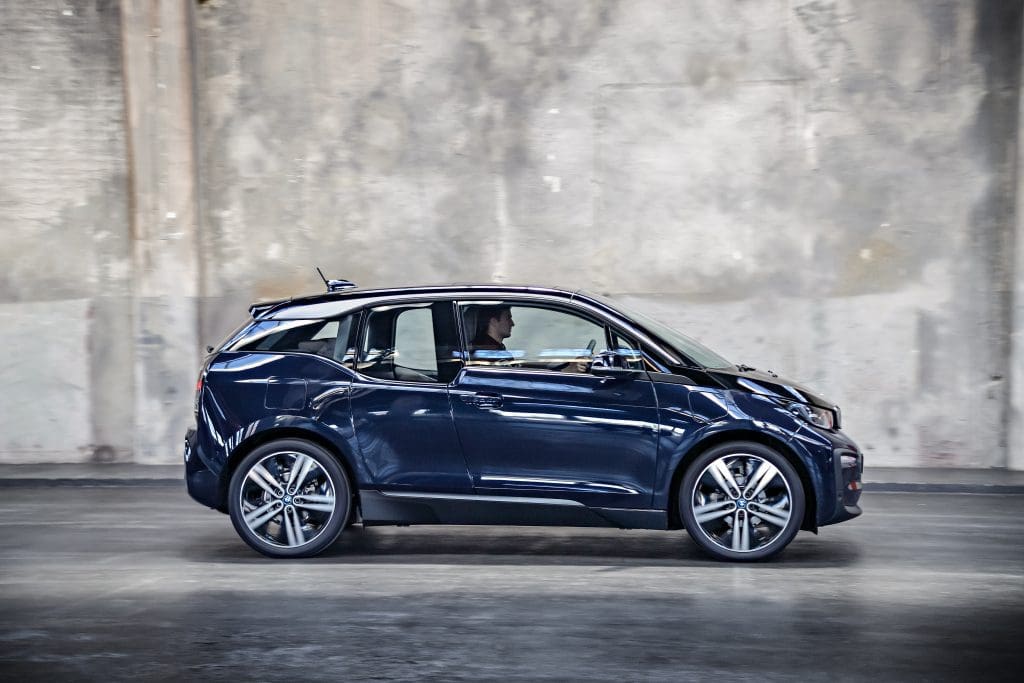
What are the Best Years?
- 2015-2016 models make good budget options thanks to added standard features
- 2017-2018 models offer good range and reliability and are still priced affordably
- 2019-2021 models cost more but provide the most range and amenities
In a recent search on Autotrader, we found over 500 used i3 examples for sale nationwide. They ranged in price from a low of $12,000 for a first-year model with over 100,000 miles to more than $40,000 for final-year examples with under 5,000 miles.
If you have $15,000 to $20,000 to spend, you can find a well-kept i3 example from one of the early years (2014-2016) with under 50,000 miles. We’d steer you towards the 2015 or 2016 models since they have more standard features, including heated front seats.
We think the sweet spot for a used i3 right now is $20,000 to $25,000, which buys you an excellent 2017 or 2018 model with less than 40,000 miles. As noted earlier, BMW updated the i3 significantly for 2017, upping its all-electric range to 114 miles and improving overall reliability.
However, it’s worth noting that for another five grand ($25,000 to $30,000) you can pick up a 2019 model with under 30,000 miles. Many of these are just coming off lease, making them plentiful on the market, and the additional cost may be worth it to get that model year’s further range increase to 153 miles.
Finally, before you spend thousands on a used i3, we highly recommend hiring a BMW specialist to evaluate it. For about $250, they’ll provide you with a thorough inspection of the entire car. This can reveal potentially deal-breaking issues, such as hidden accident damage or excessive battery wear, or minor things that you can use as bargaining points, like worn brake pads or aging tires. Either way, completing a professional inspection before finalizing any used car purchase is easily worth the money.
Photos courtesy of BMW